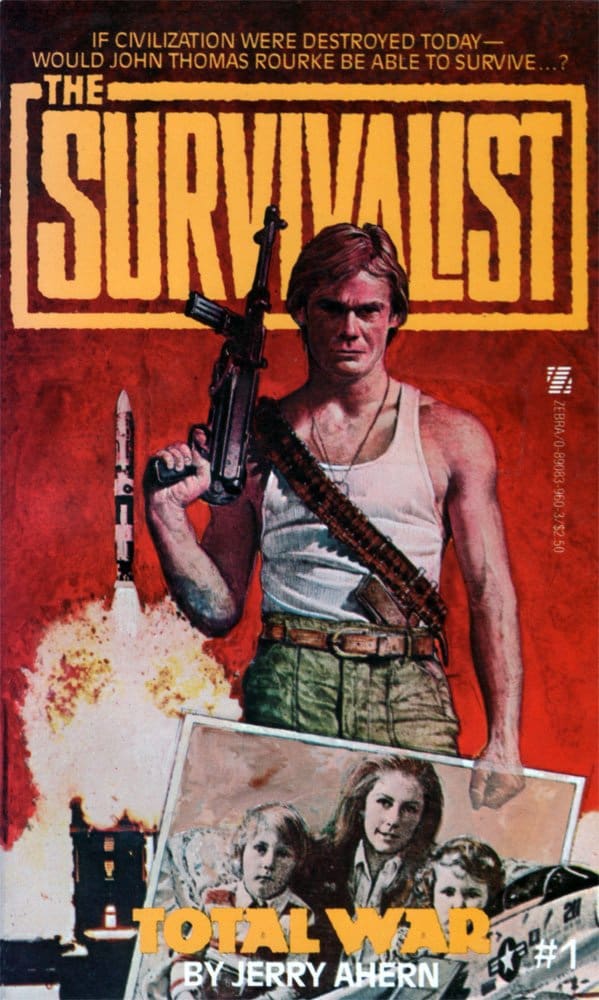
Jeffrey Toobin’s “Homegrown” adds to this chorus, but where those other books contain a chapter on Oklahoma City, the entirety of Toobin’s book is given over to McVeigh and the ensuing trials.

He was steeped in an ideology he was motivated by a political movement. Contrary to media portrayals of him at the time, McVeigh wasn’t just some lone-wolf drifter or survivalist oddball. He referred to his attack as a “military action” and attended militia meetings. McVeigh was a decorated veteran of Operation Desert Storm who drew his bombing plans directly from “The Turner Diaries,” a 1978 novel by a neo-Nazi that narrated a lurid fantasy of race war. (Another victim, a rescue worker, was killed by falling debris.) Among the dead were 15 preschoolers who had just started their morning at the day care center on the second floor.Īfter white nationalists helped put Trump in the White House, McVeigh’s attack was featured in books by Kathleen Belew and Spencer Ackerman, who have convincingly depicted Oklahoma City as both a culmination and a turning point. The blast sheared off the front third of the building, killing 167 people, 19 of them children. He lit the fuse, parked the truck and walked to his getaway car in a nearby alley.

Murrah Federal Building in downtown Oklahoma City. Exactly two years later, on the morning of April 19, 1995, Timothy McVeigh drove a Ryder truck loaded with a 7,000-pound fertilizer bomb to the Alfred P.

and David Koresh at his Branch Davidian compound near Waco.Īlong with the standoff at Ruby Ridge, in 1992, Waco became a galvanizing moment for the radical right. It wasn’t simply the location but also the timing: a month shy of the 30th anniversary of Apa date that marked the fiery, deadly end of the 51-day standoff between the F.B.I. Trump decided to kick off his latest presidential campaign on March 25 with a rally at Waco, Texas, he was issuing a call to the far-right fringe that was earsplitting, even by his own standards. It was the dog whistle heard ’round the world.


 0 kommentar(er)
0 kommentar(er)
